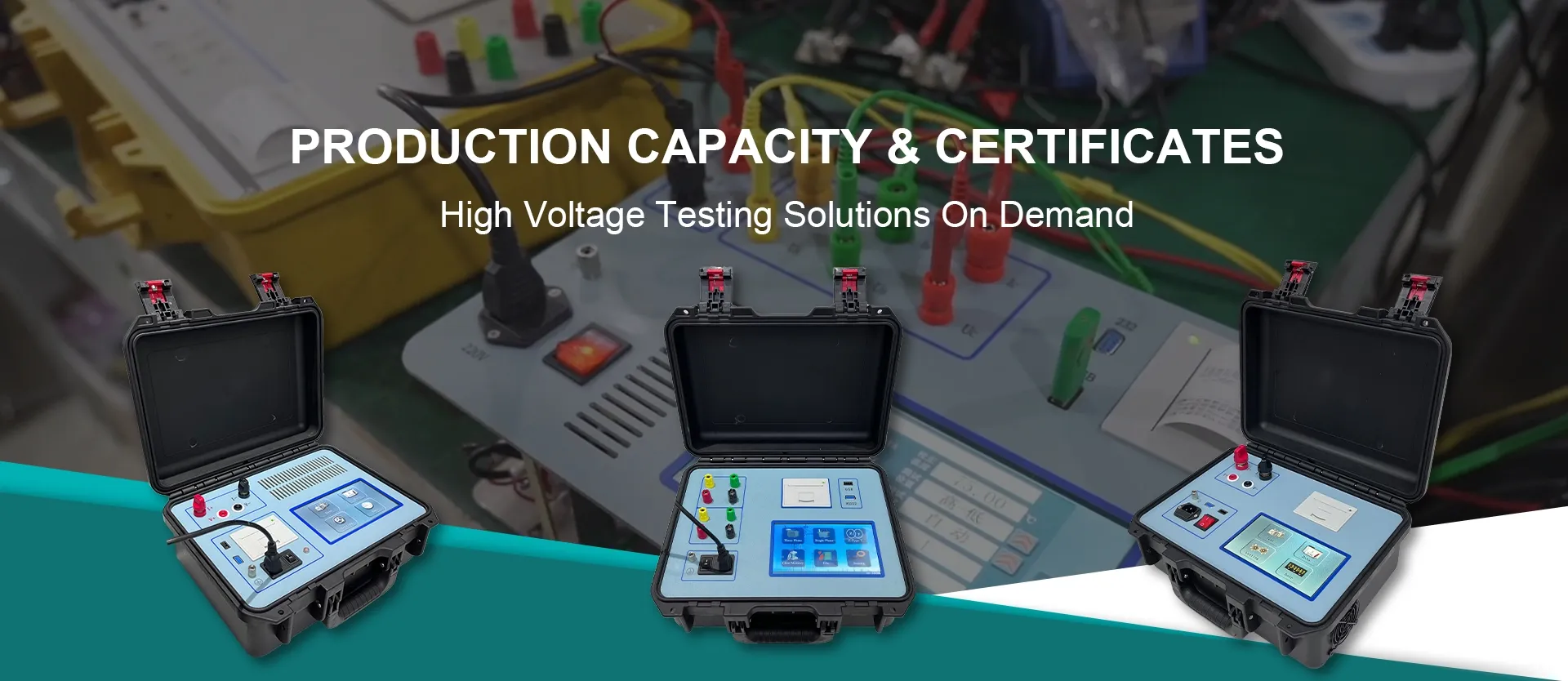 English
English


Evaluation of Low Voltage Transformer Performance and Testing Methods for Efficiency Optimization
Understanding Low Voltage Transformers Testing and Applications
Low voltage transformers play a critical role in electrical systems by stepping down high voltage levels to safer, usable voltages for various applications. These transformers are crucial in power distribution networks, industrial settings, commercial buildings, and residential applications. With the increasing demand for energy efficiency and safety in electrical systems, the testing of low voltage transformers has become a vital aspect of ensuring their reliability and performance.
Functionality of Low Voltage Transformers
The primary function of a low voltage transformer is to convert high voltage electricity into a lower voltage suitable for end-user applications. Typically, they are designed to operate at voltages below 1,000 volts. Common applications include supplying power for lighting systems, heating equipment, and various electronic devices. They are found in various settings, including substations, manufacturing plants, and commercial buildings, where they ensure that electrical devices receive the appropriate voltage for optimal functioning.
Importance of Testing Low Voltage Transformers
Testing low voltage transformers is essential to ensure their performance, efficiency, and safety. Regular testing helps identify potential issues before they escalate into significant problems that could lead to system failures or safety hazards. Key reasons for testing include
1. Safety Assurance Low voltage transformers can present safety risks if not correctly maintained. Testing helps identify insulation failures, overheating, or other issues that could cause electrical shocks or fires.
2. Performance Verification Testing ensures that transformers operate within their specified parameters, including voltage ratios, impedance, and load capacity. Performance tests can help verify that the transformer is suitable for its intended application.
3. Preventive Maintenance Regular testing enables predictive maintenance strategies, allowing operators to schedule repairs or replacements before failures occur. This proactive approach reduces downtime and maintenance costs.
4. Regulatory Compliance Many jurisdictions require testing of electrical equipment to comply with safety and operational standards. Adhering to these regulations not only ensures safety but also protects companies from potential liabilities.
test low voltage transformer

Testing Methods for Low Voltage Transformers
There are several key tests performed on low voltage transformers to evaluate their condition and performance
1. Insulation Resistance Testing This test measures the insulation resistance of the windings to ensure they are not leaking current, which can lead to failures. A high insulation resistance value indicates that the transformer is in good condition.
2. Turns Ratio Test This test assesses the turns ratio of the transformer windings and verifies that the output voltage is as expected. A significant deviation in the turns ratio may indicate internal problems.
3. Power Factor Testing This test evaluates the efficiency of the transformer's insulation system. A low power factor may point to insulation deterioration.
4. Temperature Rise Test Monitoring the temperature during operation can help determine if the transformer is being overloaded or if there are cooling issues. Excessive heat may indicate a need for maintenance or upgraded capacities.
5. Load Testing This involves operating the transformer at its rated load and observing how it performs under real-world conditions.
Conclusion
In conclusion, low voltage transformers serve as essential components in modern electrical systems, facilitating the safe and efficient distribution of electricity. Testing these transformers is crucial to ensure their operational reliability, safety, and compliance with industry standards. By implementing regular testing and maintenance protocols, organizations can enhance the longevity and performance of their transformers, ultimately contributing to a safe and efficient electrical infrastructure. As technology continues to evolve, the methods and techniques for testing low voltage transformers will likely advance, further improving electrical systems' efficiency and safety.
-
Differences between open cup flash point tester and closed cup flash point testerNewsOct.31,2024
-
The Reliable Load Tap ChangerNewsOct.23,2024
-
The Essential Guide to Hipot TestersNewsOct.23,2024
-
The Digital Insulation TesterNewsOct.23,2024
-
The Best Earth Loop Impedance Tester for SaleNewsOct.23,2024
-
Tan Delta Tester--The Essential Tool for Electrical Insulation TestingNewsOct.23,2024





